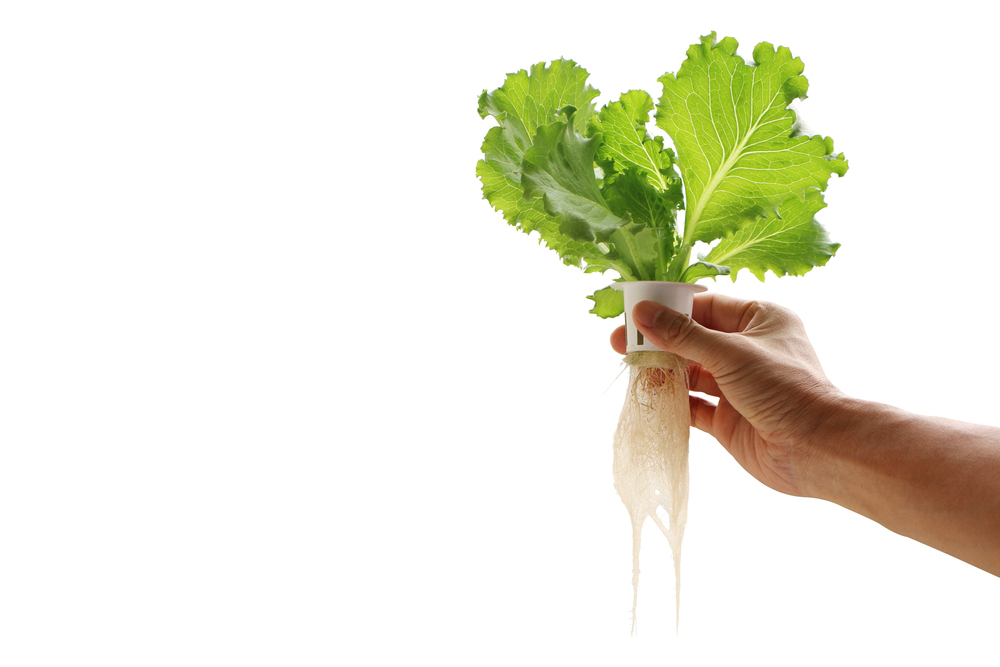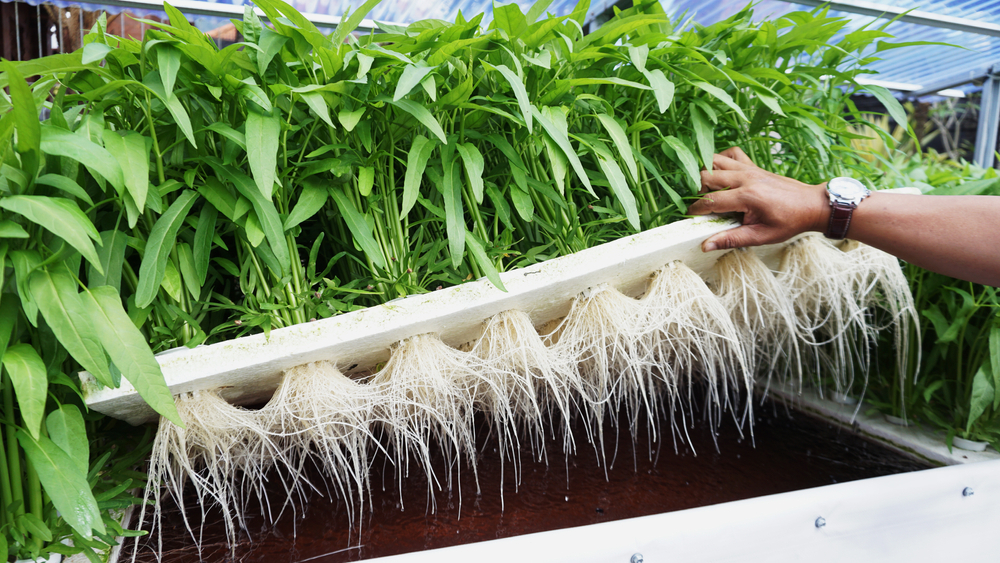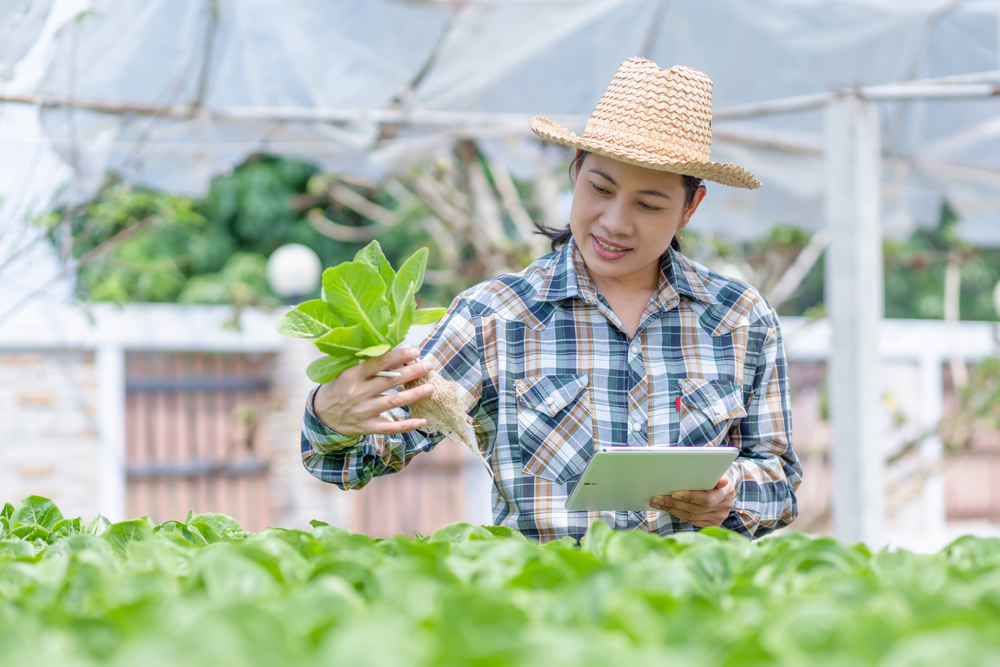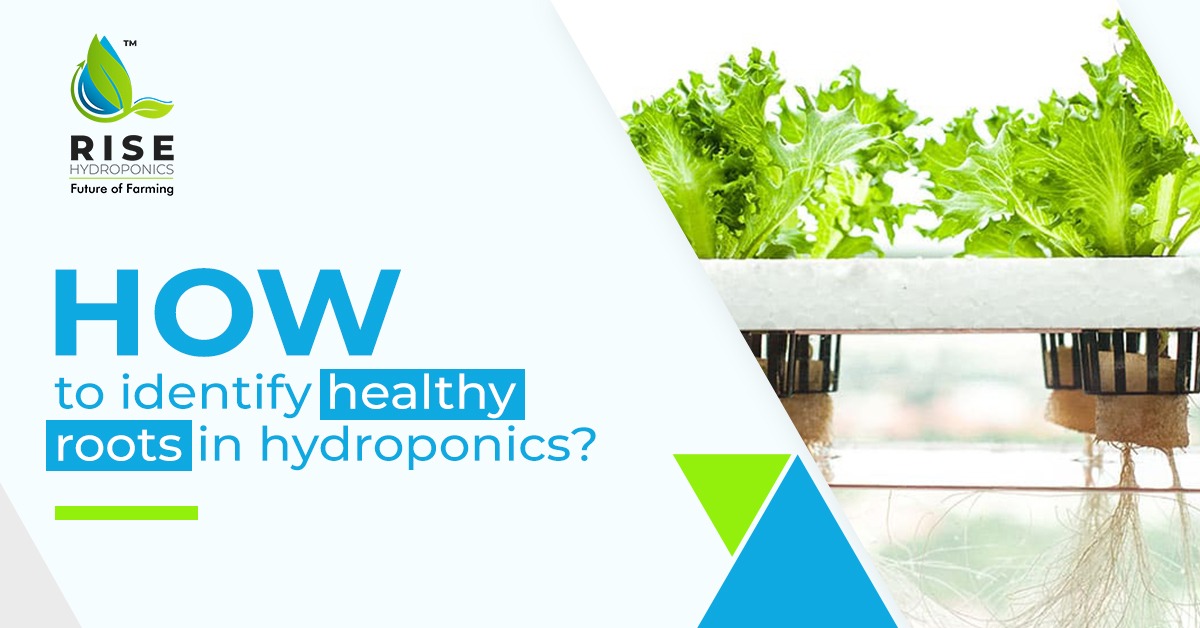Do you know what functions roots perform? Well, they help with the uptake of nutrients and water, store the manufactured materials, and provide physical support to the plants above ground. In short, healthy roots and hydroponics go together. We as humans are infamous for trusting the eyes. And we as gardeners also tend to do the same. Ask any hobbyists, professionals, or indoor gardeners, they have this habit of only carrying for that part of the plant that is visible.
Believe it or not, but we overlook the root health, and that causes shortcomings during the harvest time. We completely forget that diseases and unwanted pests can enter our grow room. With the health of roots being so vital, we have to take proper care so as to maintain root growth vigorously throughout every stage of plant development.
Not all roots grow beneath soil. Orchids for instance are one of the plant species whose roots grow in air. These plants are called ‘aerials”. Before we go into how to identify healthy roots in a hydroponics system we would like to share a fact with you and that is: Explosive growth of roots below the ground always means explosive growth of plants above the soil.
What are healthy roots?

We have already spoken about how roots are one of the most vital parts of a plant’s health. If they are sick, the plant is also sick. Thus the significance of healthy roots cannot be stressed enough. After all, they carry essential minerals and water to the rest of the plant. It is through the roots that the plant drinks or eats. But, have you ever wondered how healthy roots appear?
Healthy roots should be long enough to hold the medium of growth, succulent, tan, or white in color. If you can view any root tips then they must be white in color. If by any chance the roots are crumbly or brown, that indicates unhealthy plants. If the roots fail to hold the soil’s shape and are small, they are immature; which means that the plant is not ready for a transplant and is still unhealthy.
Why is it necessary to have good roots?

In hydroponics, healthy roots are a prerequisite as they serve to secure a plant, they are plant’s organs that are irregularly branched and serve two principal functions; one, to anchor the plant firmly to a fixed spot with substantial access to light, nutrients, and water; two, as transport systems, permitting the plant to suck up nutrients and water.
In hydroponics, we can encourage the rhizosphere capability of a plant by ensuring it has an exceptionally-aerated root zone for good water-air movement and proper minerals. A healthy root zone relieves organic tension powerfully and stimulates the development of new roots by improving plant vigor and enhancing resistance against diseases.
How to get good roots?
In a hydroponics system, overwatering the roots causes root rotting. Now, you know that hydroponics entirely focuses on growing the plants in the soil’s absence, but with the help of dissolved nutrients and water. Problems surface when the roots do not receive oxygen insufficiently, especially when you are using the Kratky or DWC system. The water is either not aerated enough, or the roots are not directly exposed to air. Root rotting gives birth to slime and that further creates an impassable barrier. The result- oxygen does not reach the plant.
We ask you to think of it as some bullet-proof jacket. But, here the jacket kills the plant rather than saving it. Without the suitable absorption of oxygen, the cells of the root die. That further opens the door for pathogenic fungi and opportunistic bacteria. On infiltration, the pathogens effortlessly smother the entire system of living roots. So how do you identify a root rot? These are ways you can.
- If the leaves of your plant are drying up and turning yellow, then the roots are rotting. Unhealthy leaves are indicative of the fact that your plants’ roots could be down with a disease.
- Infected roots are dark brown, tangled, and slimy.
- If your roots emit a funky odor then that could be a sign that your roots are rotting.
Here are some ways to get good roots:
Maintain a clean and healthy hydroponics system. This rule is the generic thumb rule when you start off with a hydroponics system. When you ensure proper nutrient flow and oxygen flow to the roots, you can prevent root rotting from infecting the plants. Here is a checklist you can maintain to ensure healthy roots.
Cut the roots regularly
For permitting nutrient solutions and oxygen to pass smoothly through the system, it is important you cut the roots. In most cases, large roots can block essential requirements and could negatively hamper your crops.
A clean hydroponics system
Cleanliness is the watchword in the hydroponics system. We stress this aspect the most because an unclean environment can be a breeding ground for toxic substances and harmful bacteria. Sterilize the equipment, decontaminate the system and remove dead plants at all plants.
Choose the ideal pump
Aeration is important in a hydroponics system, as that could increase the oxygen levels beneficial to the plant roots. The best way to enhance aeration is by using air stones and adding an ideal pump.
Maximize the use of beneficial bacteria
Disposing of a plant when it is infected is not always the perfect solution. You have to gauge first if the crops can be saved. If you notice infection in a very tiny portion of the plant, then you must try your best to save the plant. We recommend turning off the hydroponics system, cleaning the whole hydroponics system, washing and trimming the roots.
User thicker materials for the grow bed
Bacteria are light-loving and you must protect your roots from them. We recommend using thicker and darker materials for the grow bed. This system could minimize the light amount that reaches the roots.
Avoid hot/warm temperature
Warmer/hotter conditions let harmful bacteria thrive. It is a hot environment that multiplies the reproduction of harmful bacteria. Thus, it is imperative to maintain the ideal temperature for a hydroponics system. Experts recommend keeping the temperature below 24 degrees Celsius (75 degrees Fahrenheit).
Using the best root enhancer
A root enhancer also is the best bet when it comes to growing healthy roots. It contains different species of microorganisms that help to colonize roots. By incorporating a diversity of microorganisms, your plants will obtain several benefits.
How to identify good roots?

If you are wondering how to identify the good roots in a hydroponics system then we are here to help you.
- Healthy roots in a hydroponics system will appear succulent.
- The roots will be long enough to grip the soil in the pot’s shape.
- The roots will be numerous in number.
Conclusion
Now that you have understood the significance of healthy roots for the ideal nutrient uptake, it is time you optimize the root growth in your hydroponics system. Bank on the right knowledge, acquaint yourself with the right techniques and use several nutrient reservoirs that will help in treating and managing the plants. Hope you find this blog beneficial for your plant roots and if there is anything you would like to share, do let us know in the comments.

